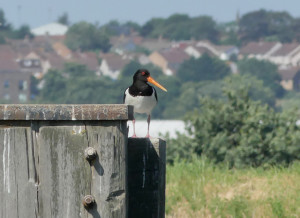
Virtually every area of bird habitat in North Kent is under threat, from unsympathetically placed proposals for a solar farm at Graveney, repeated proposals for airports, a proposed new Thames crossing to the ludicrous theme park proposal at Swanscombe, the dwindling wildlife of the area is being squeezed further and further towards oblivion. For an overcrowded and congested region it seems bizarre that authorities seem to think that developments that will bring even more people to the region will solve the problems that have been created by overpopulation and over-exploitation.
Currently there are still a lot of areas in North Kent that do play host to a wide variety and important numbers of birds, but for how long? With this in mind I decided to take a walk at Dartford Marshes, one fragment of habitat that has been progressively carved up and built on in my lifetime but which still provides a decent area of open space for wildlife and people to use. Species of interest included nesting Peregrine Falcon, House Martin, Reed Bunting, Black-tailed Godwit, Oystercatcher and Yellow-legged Gull plus much more.
Dartford Marsh, if the truth be told, is not very marshy although some areas that have been left rough are reverting to reedy patches and in these I was able to see several Reed Warblers, easily recognized by their scratchy song, a single Sedge Warbler and 2 Cetti’s Warblers with a very explosive song. Walking through areas of scrub and wet ditches I saw good numbers of Goldfinch, Greenfinch and Chaffinch feeding on fallen seeds along a pathway although the only bird I was able to get a photo of was a Collared Dove.
Other birds in the scrubby patches included plenty of Common Whitethroat as well as a singing Lesser Whitethroat. The power station is being demolished but on the chimney a pair of Peregrine Falcons were bringing in prey to feed their chicks – I wonder if this nest site will be demolished along with the rest of the building? On the old wooden jetty in front of the power station there is a House Martin colony and the birds here were busy feeding young. This species is in decline so it was nice to see them doing well at this site.
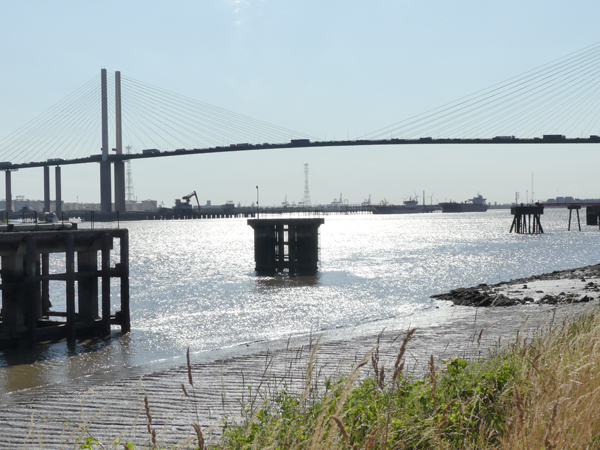
View of Queen Elizabeth II Bridge
Walking along the foreshore I came across a big surprise: a Zebra Finch! This bird is obviously an escapee from an aviary but was busy feeding on grass seeds that had fallen onto the track – the taste of freedom! Interesting to see but I am sure it would be more at home back in Australia.
Walking along the foreshore the tide had gone out revealing mudflats covered in Black-headed Gulls. A closer look at these revealed more variety among their ranks with lots of Herring Gulls, several Lesser Black-backed Gulls, a single Greater Black-backed Gull and an adult Yellow-legged Gull. Rather less expected was a single Sandwich Tern sitting among them as well as a Lapwing and Black-tailed Godwit feeding on the mud.
One of my favourite birds is Oystercatcher. Its striking plumage and high-pitched voice make it unmistakable so it was nice to see a pair of them sitting on a wooden jetty at the mouth of Dartford Creek was nice.
Other birds I saw at Dartford Marsh included Reed Bunting, Meadow Pipit, Linnet, Great Spotted Woodpecker, Kestrel, Blackcap, Pied Wagtail, Chaffinch and Jackdaw. This time last year I also recorded a rare breeding Grasshopper Warbler and Marsh Harrier here.
It was a pleasant walk around the marshes, it is just a shame that it has not been turned into a nature reserve to conserve wildlife of the area and that people can enjoy in an area where the amount of open space is ever decreasing. On the opposite side of the Thames is RSPB Rainham Marsh which shows how the potential of Dartford Marsh could be harnessed.


 July 8th, 2018
July 8th, 2018  Nick
Nick 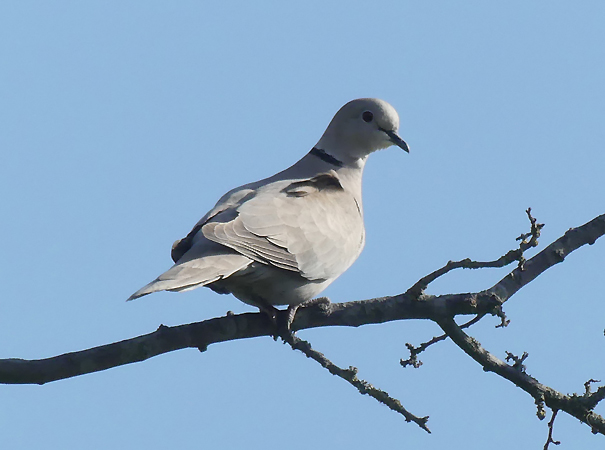
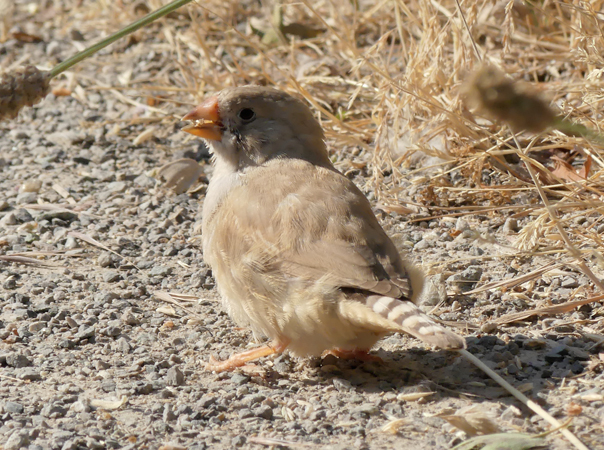
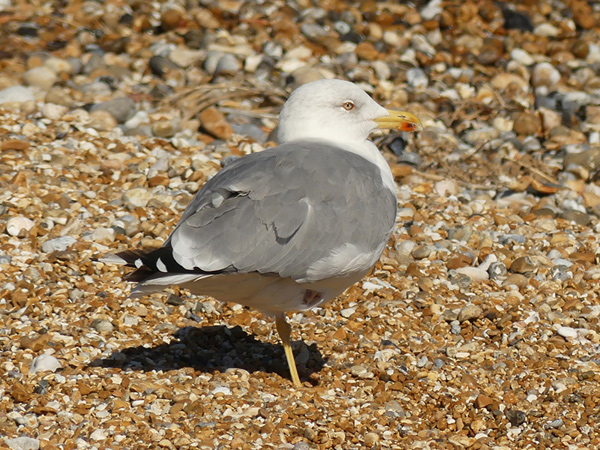
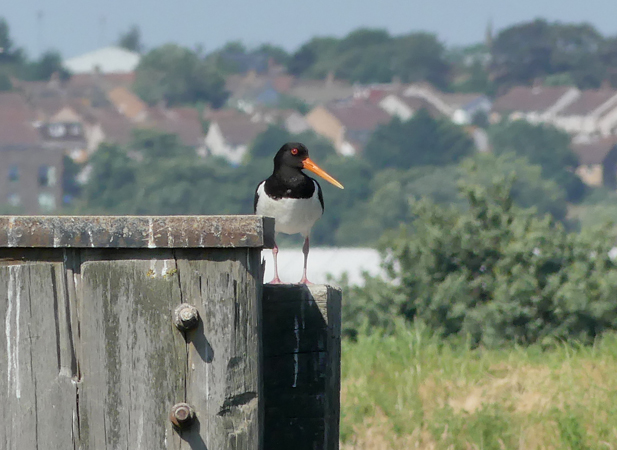
 Posted in
Posted in  Tags:
Tags: 










